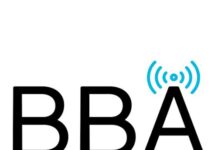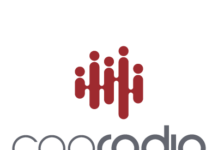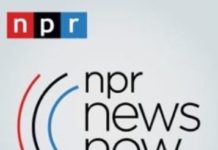
(By Bob McCurdy) Last week an agency working on a media plan for a theme park contacted me looking to access Nielsen’s channel planning tool, Commspoint, which lead to me spending 90 minutes on a video conference call with their head planner.
The benefits of these kinds of sessions are immense as we’re not only on the planning ground floor, discussing and debating answers to strategic and tactical questions, but also getting better insight as to how planners go about plying their trade.
This planner was clearly a professional who cared deeply about his client’s success. It was reassuring to witness first-hand, the deep thought and consideration that he gave to each of the questions below, as collectively they influenced media selection and budget allocation.
These are good questions to discuss/review with clients prior to any campaign’s launching, regardless of whether Commspoint’s being used or not, as the answers can assist in determining creative direction, commercial length, GRP levels, flighting strategy, as well as campaign duration. We answered the following together:
– The overall campaign communication strategy — continuous, pulsed, mostly on, mostly off?
– Creative direction, new or old?
– Campaign message, simple or complex?
– How influential is the onsite experience?
– What % of the planning target will buy the category during this campaign?
– To what extent do we value reaching everyone in the target?
– Does campaign success depend upon a short timeframe?
– Purchase cycle of the product?
– Level of consumer involvement in the category?
– Current awareness level of the product/advertiser?
– Advertiser’s brand status?
– Strength of competitive advertising?
– Average travel time a consumer would be prepared to make for this purchase?
“Sliders” after each question enabled us to weight the answers based upon the planner’s direction.
The campaign “tactics” selected were channels that could deliver high reach, target by DMA/MSA, behaviorally target by purchase behavior, enable the consumer to visualize the product and reach people on the go.
The messaging “tasking” selected was to communicate a “high quality,” “fun” experience, while increasing advertiser “awareness,” “consideration,” and “advocacy.” Fifty-six of the 69 available media channels were chosen with the planner providing CPMs/CPPs for each.
The chart below displays a ranking of the top 18 channels, taking into account the campaign strategy. The “weighting” of the messaging and strategy tasks, as well as how each channel’s pricing and reach potential played a role in this ranking.
The figures below are “relative” numbers and are not meant to be read as pure “percentages.” Note that “radio contest/promotions” was ranked 13th out of 56 media channels. How often are these thrown in as value-added?
Radio ranked:
#4 in communicating a “fun” message”
#3 in communicating a “high quality” message
#3 in enhancing “awareness”
#2 in enhancing “consideration”
#1 in generating “advocacy”
Commspoint ultimately recommended allocating 21% of the total budget to radio with the remaining dollars being directed toward TV, outdoor billboards, outdoor video, public transportation, and Facebook Mobile. This figure will likely be refined as the planning process progresses.
The result of this 90-minute session is that we now better understand how radio fits within this advertiser’s upcoming media plan, assisted its creation, have a better grasp of the advertiser’s key marketing objectives, providing us with the insight to better position our other media assets, while positioning us as more of a partner and not simply a vendor.
The upshot is that here’s another category where radio once again performs admirably against dozens of other media options. It is important that we never lose sight of the key role AM/FM radio can play in just about any media plan.
Bob McCurdy is Vice President of Sales for the Beasley Media Group and can be reached at [email protected]







Very good article Bob. One of the most important things we try to learn in a client interview is the importance of discussing awareness and consideration as part of the process. All too often the discussion dwells on measurable ROI during the campaign which is critical and much more available through so many new methods. That said, not everybody is in the market at that moment, and depending on the purchase cycle, the campaign can continue to produce results long after it goes off the air. We’ve seen that. It’s important to note that not everything occurs in the moment and that consideration must be given to the brand building that comes out of the campaign as the subconscious reinforcement pays dividends later when the initial idea and attributes of the brand were delivered. Consistency is important, but as you point out above in awareness and consideration, radio is still present long after the direct mail piece has been thrown away.